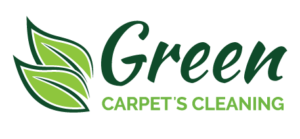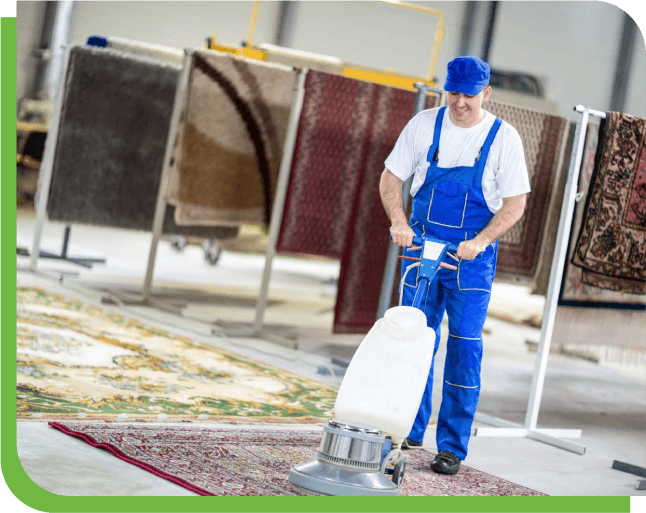Get in touch
Fill this up to proceed

We are committed to providing a world-class carpet, rug, upholstery, drapery or mattress cleaning services that will open your door to a happier and healthier green indoor environment.
Creating a clean, healthy environment isn’t just about sparkle—it’s about safety, compliance, and well-being. Whether you’re managing an office, school, hospital, or hotel, implementing safe cleaning practices ensures your spaces are not only spotless but also hazard-free. This guide will walk you through the most effective and creative ways to put safety first in your cleaning routines.
To build strong, safe cleaning practices, you need more than just the right products—you need the right system. These four foundational pillars work together to ensure cleaning is both effective and safe for everyone involved.
Choose the correct cleaning agents for each task. Using too harsh a chemical can damage surfaces and harm people, while a product that’s too mild may leave behind germs. Always read labels and follow dilution instructions.
Every cleaner needs time to work. Rushing the process reduces effectiveness and compromises safety. Let disinfectants sit for the recommended duration to kill germs properly.
Warm water boosts cleaning power. However, extreme heat can damage materials or create steam-related hazards. Maintaining the right temperature supports safe cleaning practices without added risk.
Scrubbing, wiping, or agitating helps lift dirt and grime. But overexertion or poor technique can lead to strain and injury. Use ergonomically designed tools to protect your team while maintaining cleanliness.
By balancing these pillars, teams can apply safe cleaning practices consistently and confidently—no matter the environment.
In today’s health-conscious world, safe cleaning practices are more important than ever. Whether at home, in schools, or across workplaces, proper cleaning routines help reduce the spread of viruses, bacteria, and harmful chemicals. As public awareness grows, so do expectations around hygiene and safety. Implementing safe cleaning practices protects not only cleaning staff but also everyone who uses the space afterward. Accidents like chemical spills, inhalation of toxic fumes, and slips on wet floors are all preventable with the right procedures. By using proper tools, protective equipment, and cleaning products, you create a healthier environment and ensure compliance with safety regulations. Consistent training and awareness ensure that safe cleaning practices become second nature, reducing risks while promoting well-being for everyone involved—making cleanliness a shared responsibility, not just a task.

Training should go beyond just how to clean—it must cover:
Use cleaning checklists and task workflows to bring structure to routines. Modern apps allow for:
Adopting smart techniques helps reduce risks and improve results. For example, always use color-coded supplies to avoid cross-contamination, and never mix chemical products without understanding the hazards. Safe cleaning practices begin with the right tools—ergonomic mops, extendable dusters, and ventilated storage help prevent accidents. Whether you’re deep cleaning a kitchen or refreshing a meeting room, clear signage and checklists ensure safety every step of the way.
Don’t overlook specialized tasks like carpet cleaning, which can harbor allergens and bacteria if done improperly. Use approved methods and allow adequate drying time to avoid mold growth. Safe cleaning practices also include using low-toxicity cleaners and properly maintaining all equipment. From routine chores to high-touch surfaces, a safety-first mindset helps keep your team and space consistently protected.
A: At least annually, with refresher training after incidents or when new products or tools are introduced. This ensures staff consistently follow safe cleaning practices and remain up to date with evolving safety standards.
A: In clearly labeled containers, in well-ventilated storage rooms, and away from food, water, or incompatible substances. Secure storage is a key part of maintaining safe cleaning practices in any facility.
A: Often, but not always. Read labels and safety documentation to confirm the product supports safe cleaning practices, as even natural ingredients can pose risks if misused.
A: Safety officers, supervisors, and facility managers share the responsibility—but all staff must be proactive and alert to potential risks.
A: Avoid skipping hazard assessments. Before starting any task—especially in new areas or with new products—evaluate the environment and tools to ensure they align with safe cleaning practices and protect your team from unnecessary harm.

We are committed to providing a world-class carpet, rug, upholstery, drapery or mattress cleaning services that will open your door to a happier and healthier green indoor environment.
We are committed to providing a world-class carpet, rug, upholstery, drapery or mattress cleaning services that will open your door to a happier and healthier green indoor environment.